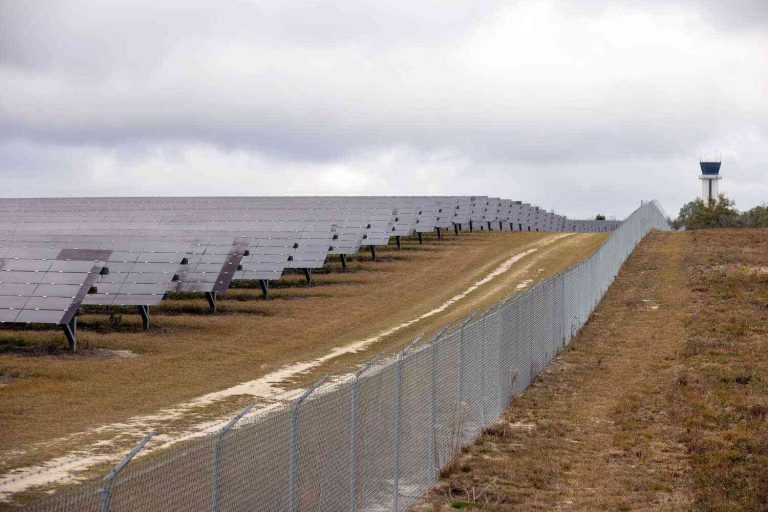At airports across the United States, city officials are finding space to build large solar projects that could make them viable energy sources in addition to serving their intended purpose of relieving grid congestion.
In Dallas, the runways of Love Field are home to 12 solar projects, including one that generates enough power to power 5,000 homes each year, and an airport enough to provide 15 percent of the city’s energy. In Chicago, a project under construction at O’Hare International Airport will also serve as the home of America’s largest solar farm.
Solar Energy can serve as a stepping stone to cleaner energy infrastructure, and if cities and airports build the capacity and system to accept the renewable energy, solar can have an equal or better lifespan than existing fossil fuel facilities.
Concerns have been raised over the future of airports and the role they play in air travel — an industry that has expanded tremendously over the past two decades — but many studies have found that airports are responsible for only about 0.4 percent of global greenhouse gas emissions. Even at their lowest impact, airports only account for about 0.01 percent of global carbon dioxide emissions.
The vast majority of airports are built on properties with vast expanses of land. In fact, 86 percent of them — or 2,480 airports — were built on land that has at least 31 percent surface area to support a grid.
Most countries have no law requiring that their airports make use of their land for renewable energy. In 2010, the country of Japan became the first nation to require that one percent of its airport land be used to generate energy, and now airports in 13 nations have adopted a similar mandate.
Beyond the physical airport, infrastructure is also required. Countries that have already adopted a policy to generate power at airports include the United States, Argentina, Mexico, and Vietnam.
